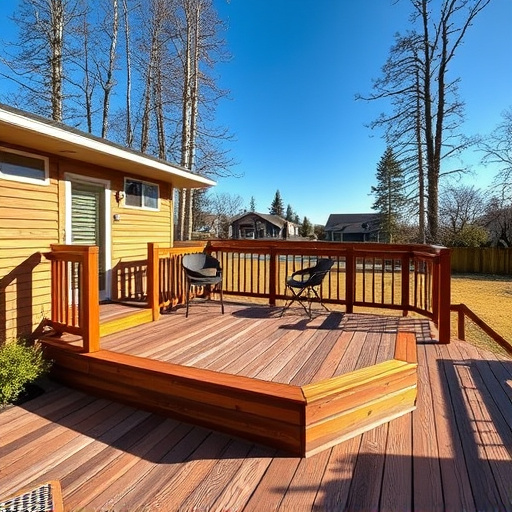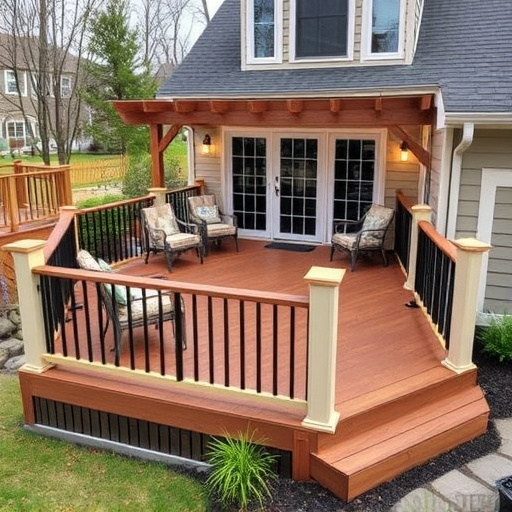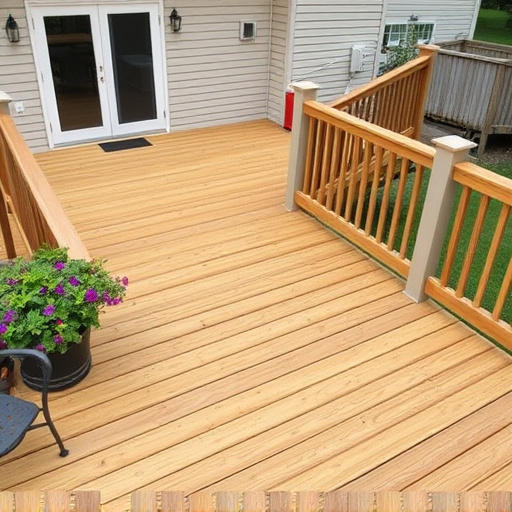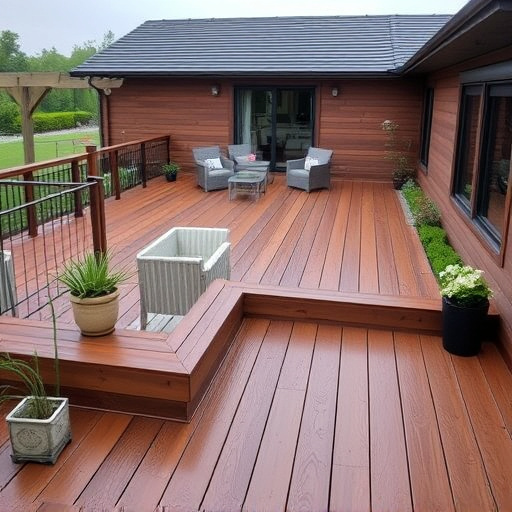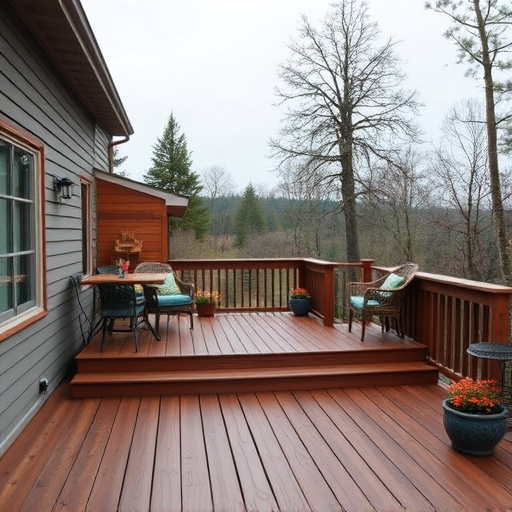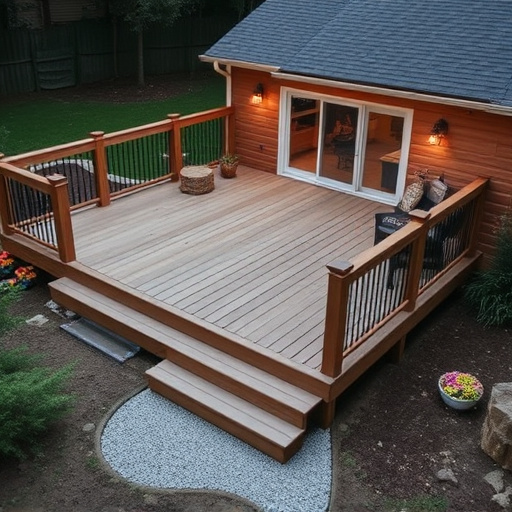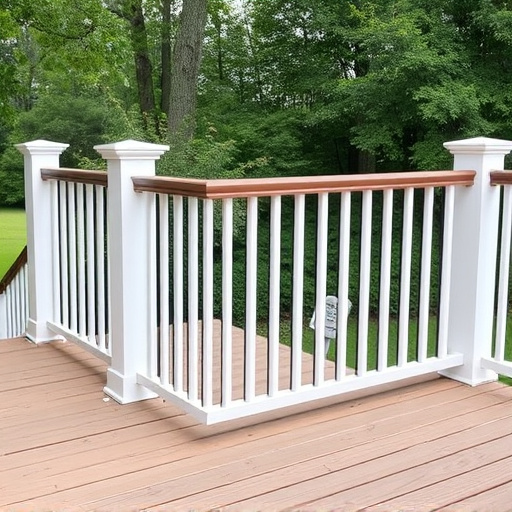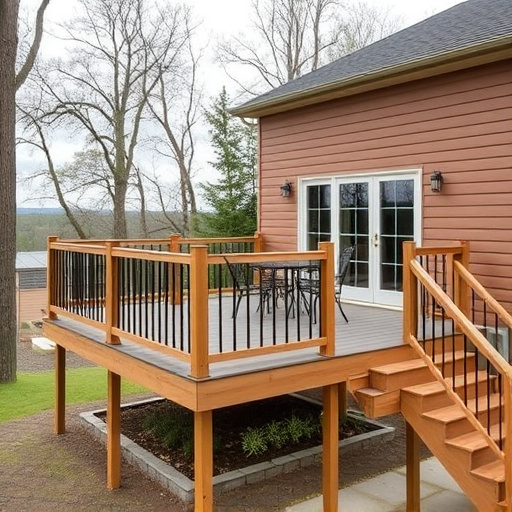Before starting deck framing, research local building codes and consult professionals to ensure compliance with regulations regarding dimensions, materials, and attachment methods. Proper alignment, uniform spacing, and leveling of framing components prevent structural weaknesses and safety risks. Use measuring tools for accurate dimensions, and consider protective siding or roofing options. Robust bracing and secure fastening to bearing walls or footings create a durable foundation that can withstand environmental conditions.
Avoid common pitfalls and ensure a safe, durable deck with this guide on deck framing mistakes to avoid. From understanding local building codes and permits to properly aligning and spacing framing components, each step is crucial for structural integrity. Learn best practices for securing and bracing your deck’s framework, preventing future issues, and enhancing its longevity. Master these techniques to create a strong foundation for your outdoor oasis.
- Understand Local Building Codes and Permits
- Properly Align and Space Framing Components
- Secure and Bracing: Techniques for Robust Support
Understand Local Building Codes and Permits
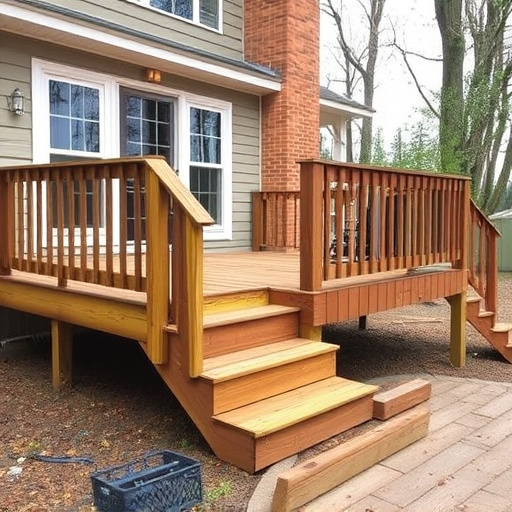
Before starting your deck framing project, it’s crucial to familiarize yourself with the local building codes and permit requirements. These regulations are in place to ensure structural integrity, safety, and compliance with neighborhood standards. Every region has its own set of rules regarding deck dimensions, material usage, and attachment methods. Failing to adhere to these guidelines can result in costly repairs, delays, or even legal issues.
Consulting with local authorities or a professional in home service solutions can help you navigate these requirements. Understanding the specific needs for deck framing, including any additional considerations for roof repair or siding services, is essential. By doing so, you’ll not only avoid potential mistakes but also ensure your deck is a safe and structurally sound addition to your property.
Properly Align and Space Framing Components

Proper alignment and spacing of framing components are crucial aspects of successful deck framing. When installing a deck, ensure all beams, joists, and supports are perfectly leveled and aligned to create a sturdy structure. Misaligned framing can lead to structural weaknesses, uneven surfaces, and potential safety hazards later on. Use measuring tools to double-check dimensions and make adjustments as needed before securing the components in place.
In the world of deck construction, maintaining precise spacing between these elements is key to preventing issues like warping or rot over time. Equally distributed framing not only ensures aesthetic appeal but also provides adequate support for the deck’s surface. Consider commercial siding or roofing options that complement your frame design while offering added protection and longevity to your outdoor living space, backed by home service solutions tailored to your needs.
Secure and Bracing: Techniques for Robust Support
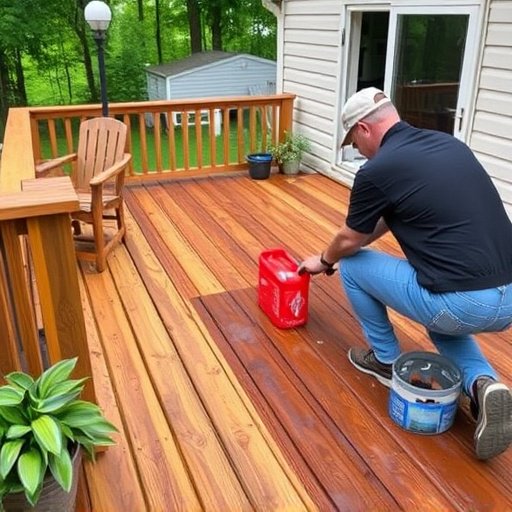
When installing a deck frame, ensuring robust support is paramount to prevent future structural issues. Proper bracing and securing techniques are essential for a safe and durable deck. One effective method is to use lateral braces, which run perpendicular to the joists, providing an extra layer of stability. These braces should be securely fastened at regular intervals to resist lateral forces, especially in regions prone to high winds or storms.
Another crucial aspect is achieving proper alignment and fastening of the frame to the bearing walls or footings. Residential roofing services often recommend using structural anchors or bolts to connect the deck framing to these elements, ensuring a solid foundation. This technique, combined with adequate spacing between supports, creates a strong framework that can withstand various environmental conditions, preventing potential hazards over time.
When it comes to deck framing, avoiding common installation mistakes is key to ensuring a safe and durable structure. By understanding local building codes, aligning components accurately, and employing proper securing techniques, you can create a robust deck that stands the test of time. Remember, attention to detail during the framing process is essential for a high-quality deck framing system.

